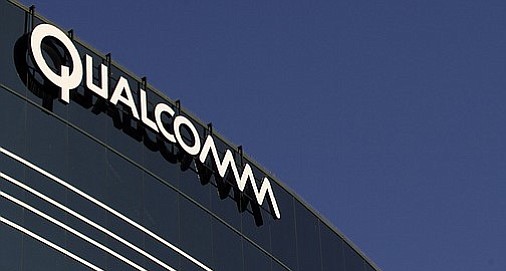The contract between Apple and Qualcomm had specific terms about the use of their only chips for the iPhones. So Apple agreed to use only the chipset provided by Qualcomm, and the mobile company will receive an annual $1 billion incentive fee from the chipset supplier. The condition was that if Apple decided to use a second modem chip supplier, the company would have to pay back the incentive fee to Qualcomm. Apple participated in a hearing by the South Korea Fair Trade Commission and spoke against Qualcomm licensing practice. The result of that hearing was that the $1 billion incentive fee stopped.
What Happened Exactly?
A new process has begun between Apple and Qualcomm, suing each other until both companies agreed on a final settlement. Now, Apple will pay Qualcomm an undisclosed amount and the new agreement is on a six-year licensing with Qualcomm and a multi-year pact that can guarantee the supplier the delivery of chipsets.
Moreover, Apple’s arguments about Qualcomm chipsets were that the components are worthless. Apple has tried to change the methods that Qualcomm is using for selling its own chips. And this could show us the true feelings of the company regarding Qualcomm products and give us an explanation of the fact that they are paying Qualcomm $9 per iPhone for its chips.
Apple Had a Plan to Reduce the Amount of the Royalties
Apple planned to collect evidence that showed how Qualcomm is seeking to license its patterns. Also, Apple wanted to sue Qualcomm since 2014 but decided to wait until they obtain the billion dollar payment from the chip company. And unfortunately, Qualcomm’s licensing model is at risk. Apple is not to blame for that, because other phone manufacturers have testified against the chip company. According to the trial of the Federal Trade Commission and what the judge will decide, maybe Qualcomm will have to change the way it’s selling its components.


